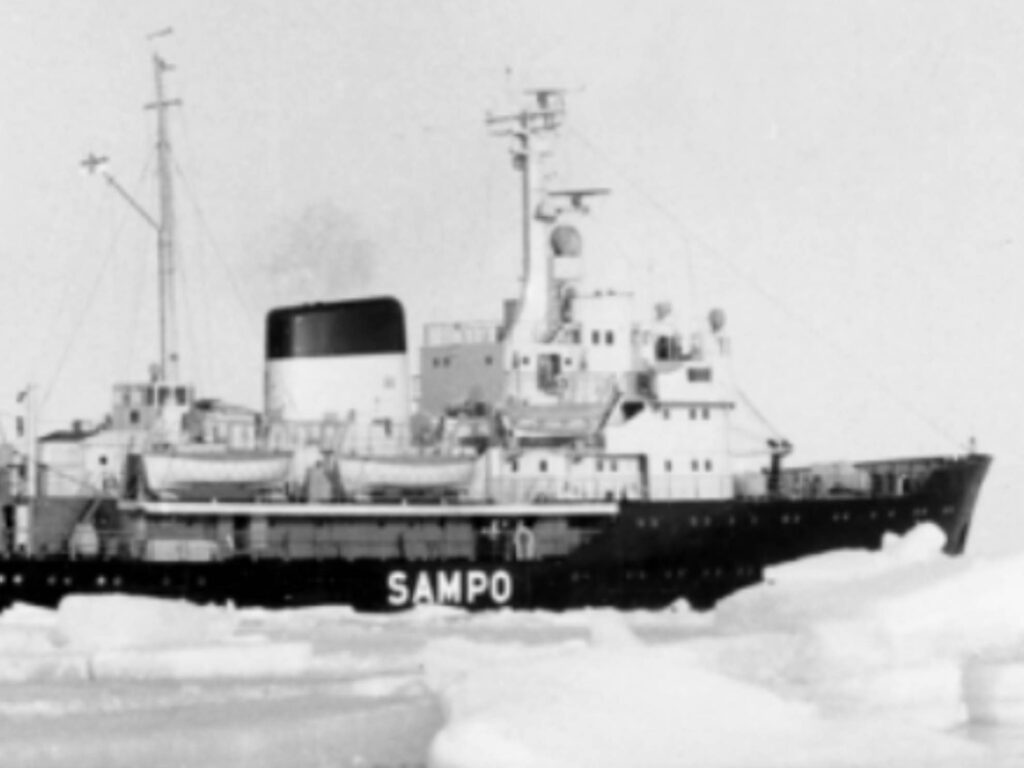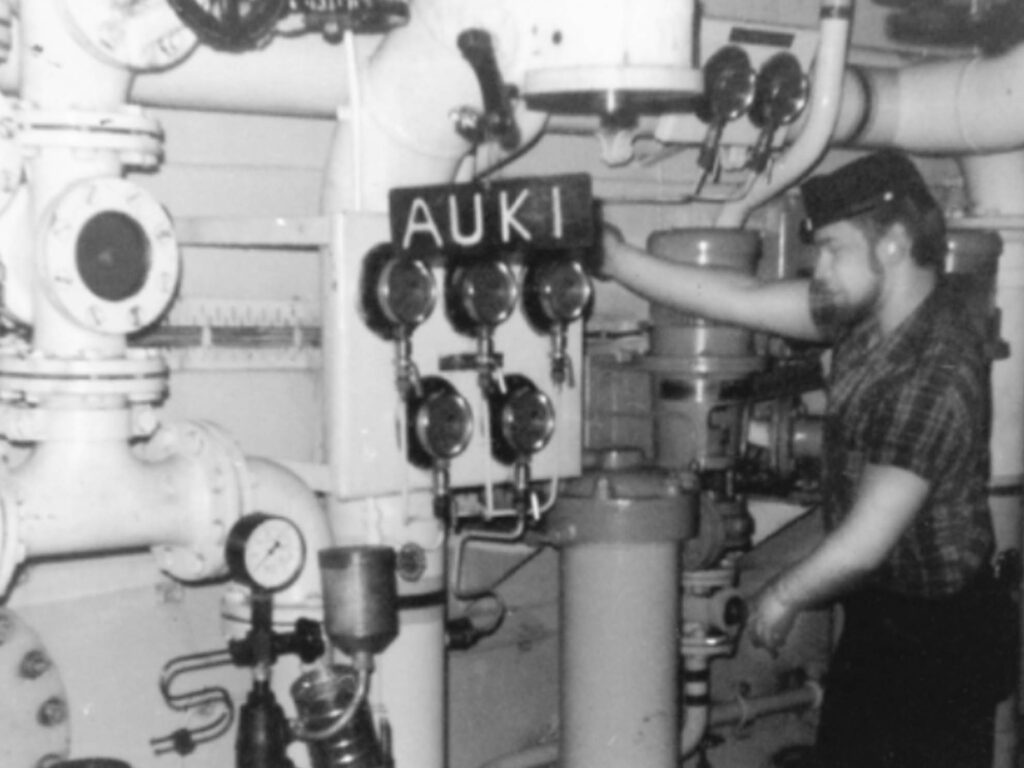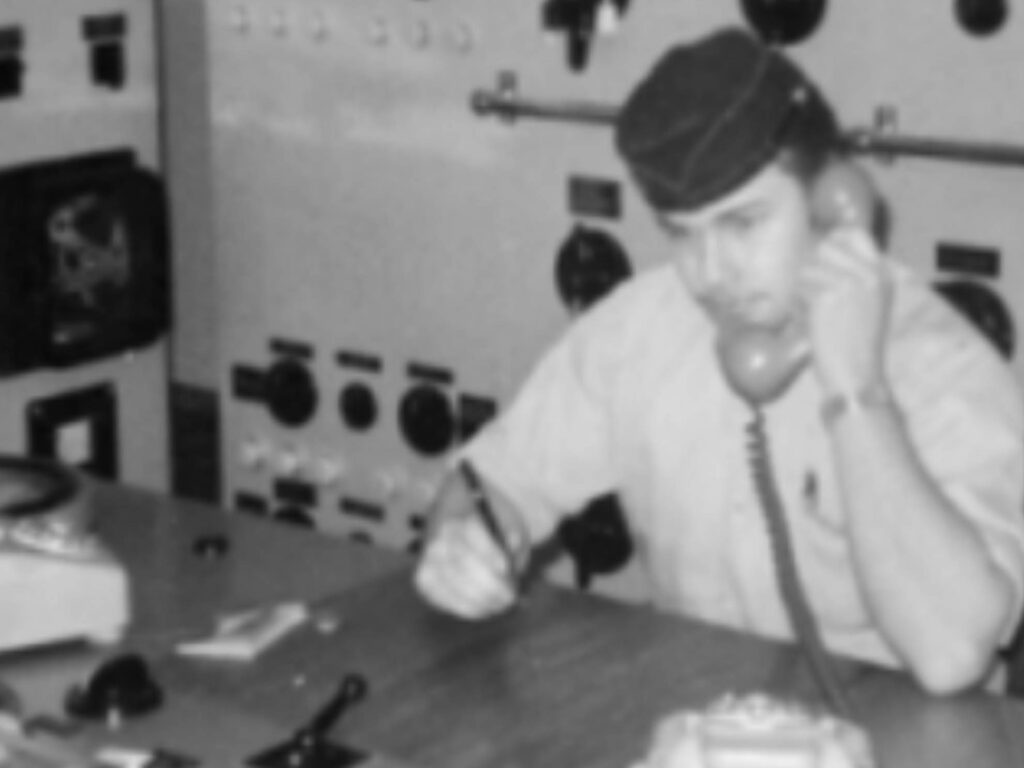Part of the history of Finnish winter navigation
More than a quarter of a century includes colorful stages that are not lacking in drama. All in all, Sampo’s decades are part of the history of Finnish winter navigation.
Sampo was built in 1960 at the Wärtsilä shipyard in Helsinki. The ship got its name from its predecessor of the same name, completed in 1898, which managed to serve the state for more than half a century. The new Sampo was an integral part of the reconstruction of the Finnish icebreaker fleet, which dates back to the decades after the Second World War. In the 60s, Sampo belonged to the so-called to the new generation of icebreakers, the technical feature of which was two bow thrusters, which guaranteed an even stronger flow in the bow, which reduced the resistance in breaking ice.
Finland is the only country in the world where all ports freeze in winter. In normal winters, the mercury can even drop below -30°C during the coldest periods. Due to its geographical location, Finland’s import and export industry is largely dependent on sea transport, so keeping the winter ports open is essential in terms of international competitiveness.

In Arctic conditions, icebreakers are responsible for the functioning of sea traffic, whose task is mainly to assist merchant ships and keep the vital passages open for industry. At the end of Sampo’s working years, about 35 percent of Finland’s sea transports were done in winter. Since 1970, all of Finland’s 22 winter harbors, from Port of Ajos in Kemi and Röytta, have been kept open all year round. In addition to the actual winter ports, Sampo assisted traffic to numerous smaller ports.
Throughout its history, like other icebreakers, Sampo operated also in sea rescue missions if necessary. For example, in March 1963, Sampo was in the Kattegat, where a patient with appendicitis was retrieved from a Polish ship and delivered to a Danish icebreaker for treatment. Sampo also participated in search operations for those lost at sea.

Tough work by tough men
Sampo’s crew worked in very different conditions, depending on their job description. The strong arctic wind on the deck of the ship made the work of the deckhands challenging. Then again, it was so warm in the engine room that the engineers went to cool off on the deck with their t-shirts.
The longest the crew was at sea was a couple of weeks at a time. Work was done in four-hour shifts, after which there were four hours off. Sleep was scarce, which made work heavy at times. In addition, sleep was hindered by the fact that in the worst places inside the ship the noise was dizzying when the ice broke against the iron.
Sampo’s sailors were professionals, but the winter conditions offered their own surprises, which were practically impossible to prepare for. Over the years, Sampo suffered a few groundings and collisions, of which perhaps the longest investigated was the collision with a Dutch ship in the spring of 1971.

Time for Sampo to move on to other tasks
Time began to pass by the Bear-class icebreakers at the turn of the 1970s and 1980s. In the annual review of the Maritime Administration in 1981, it was stated that Karhu, Murtaja and Sampo will be completed in the coming years. The maintenance and repair costs of the ships had increased and the supply of spare parts became more difficult year by year.
In the 1980s, the biggest problem for the Bear-class icebreakers, to which Sampo belonged, was the fact that the size of the ships to be assisted had increased considerably after the turn of the 1950s and 1960s. The waterline width of Karhu-class breakers was only 17.4 meters, which was often narrower than modern merchant ships assisted.
In addition, Sampo’s propeller power (7,500 hp) was insufficient compared to the assisted ships. Year-round shipping demanded even faster and more efficient icebreakers. With the new generation of burglars, Murtaja of the old Bear-class burglars was scrapped, while the Bear and Sampo were sold. Karhu ended up in the Soviet Union in 1986, while Sampo returned to Kemi in a deal signed on 14 October 1987 for a purchase price of one million marks.
Sampo ended up being used for tourism, which task was not completely new for the ship, as over the years it had been used in various occasions. For example, in August 1963 Sampo was used by the Ministry of the Interior in connection with an Interpol meeting, and in 1969 the ship served as one of the hosts for the visit of Senegalese President Senghor.
Sampo’s operation as a tourist attraction is a story of its own. The late mayor of Kemi, Juhani Leino, was a man rich in ideas, who came up with the idea of acquiring an icebreaker that had been freed from the state for the city’s ownership. Leino’s idea once aroused astonishment and even fierce opposition, but since 1988, Sampo has served as the city’s tourism asset.
The icebreaker season starts a little before Christmas and lasts about four months. Sampo is one of Finland’s most famous international tourism products.
